Travel Read Death-
As mentioned, this is the same concept as described above. It requires a stretching game, and then uses two different transition concepts to create a readable triangle.
The QB reading also occurs when the "transaction" path is RB rather than the back TE.
This "business" way will be a hot QB reading. If it's under pressure, it's going to start right away, which will often open up the attacking defenders at the back.
If they are not under pressure, they usually work high or low on the canvas concept, but because it is a YAC concept, you want to jump on the cover (draw the opponent's defense, space to allow the other side: hou և). Course). The Crusader will be the first part of your overall development. He immediately looks at the defender on the ground, steps in or runs with him so that he does not fall (after jumping with the bent defender) immediately after cheating on the match. Goal post then. This is the cover of this road, it must come from within. Since its first receiver is in the middle of development, it quickly needs a defender in the loop area. If that defender works in the future, he should be the center of attention for the big game. If you do not print, but you go down, or you just keep going deep, a quarter will go faster. If there is still a threat to the centers, the defender has to move fast, and eventually he can come back like that, but in this pattern he wants to get the ball out to the players. .
If you interrupt, your next reading will be Curly / Smooth Defender. If that defender loses contact with the lid, the arrow is thrown (the ball must go out, otherwise it will start going to the edge). If he puts the appropriate lid on the needle, the quarterback will return to the loop to read the depth. If he finds depth or breadth below the cross, he will make the wood. If you ride with a stick, it will move the cross backwards.
Examples
Let's first look at how it is used in motion. The throwing action here takes the place of the game's "expansion". RB is exactly the same as the rear TE TE.
When the OL is in motion, the Z-WR performs a throwing action. RB, on the other hand, uses the arrow path directly to the ground. TE According to the concept, first a slow throw is made to the point.
The rear TE-Wing Combine TE-Wing Combine sees the inner TE intersection collapsing, while the outer TE makes a late line or deep turn, which first simulates the player's locking mechanism, and then prevents the lid from being completely inverted for the concept of transition. .
In this case, the cover security officer at TE is trying to work on the grain. If he does, he wins, loses his cover, the cross is wide.
Same issue, same story. He climbs up to defend the safe race, chasing the cross.
But the game can be used without a fake plane. Here, Wisconsin blocks the expansion of the passing concept, but the breeder controls the direction of the concept and quickly reaches the ground. It's a weak form meant to cool down rather than move the defense, but it's enough to allow the temporary draft to affect the cover (only blocking brings the trick).
This design has a nice fold. Wisconsin lined up two WRs on the field; One arm returns to the field to create a travel set, then the front. Now the WR input can act as a "cross" with a deep exit. T is still closed until it crosses the sidewalk, to protect the remote TE cover. Reopen node.
Wisconsin returned from the same game, with the same unique style, coming out of the defense, and surrendering to RB for a good win. At this point, close the lid with the inner shield to prevent the shield from rotating completely.
Closure
A group that uses the same concept differently is a good example. This makes everything easier for an experienced defender, which makes the defense think better. But there is more, in the next post we will look at the application of the Wisconsin model.
A group that uses the same concept differently is a good example. This makes everything easier for an experienced defender, which makes the defense think better. But there is more, in the next post we will look at the application of the Wisconsin model.



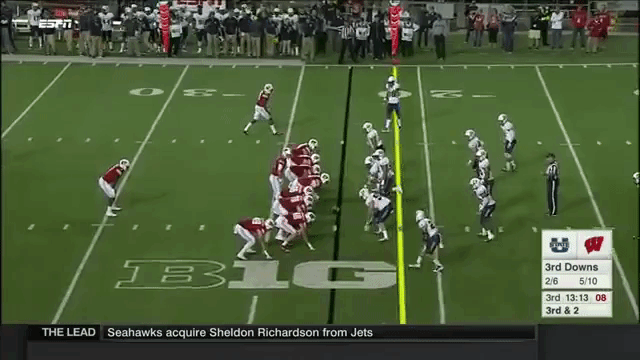
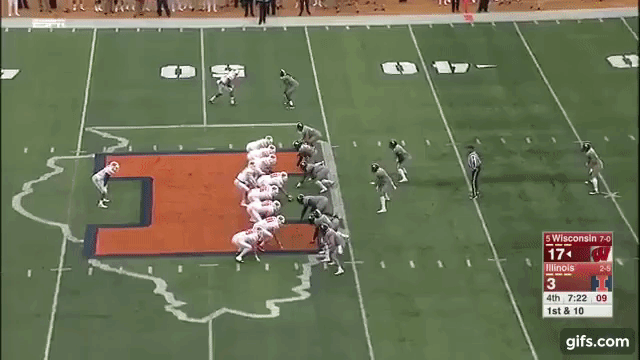

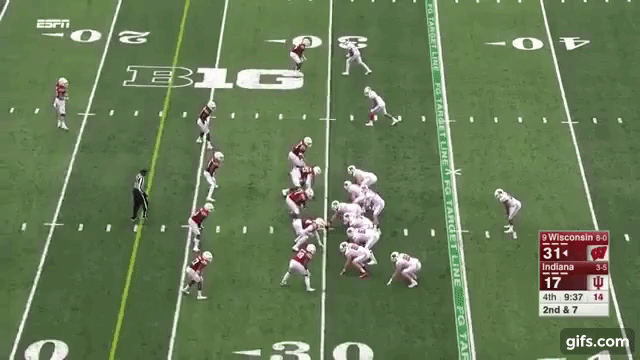

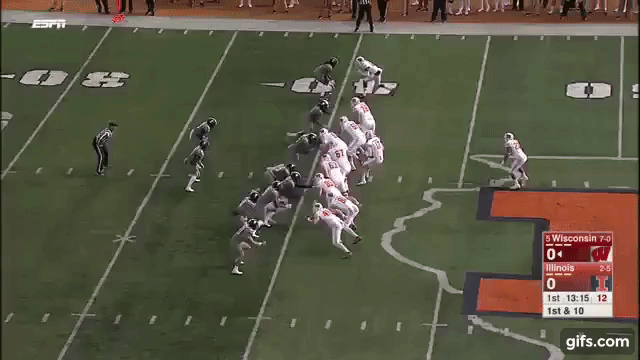

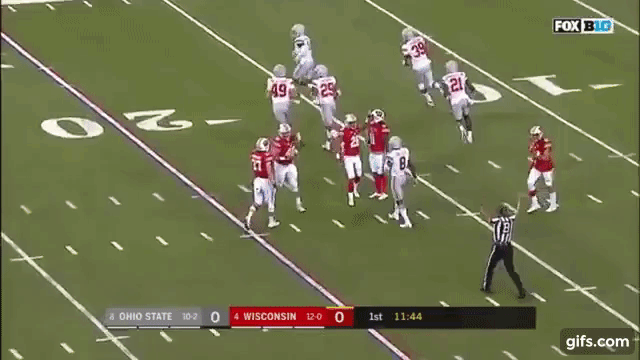


No comments:
Post a Comment
Note: only a member of this blog may post a comment.